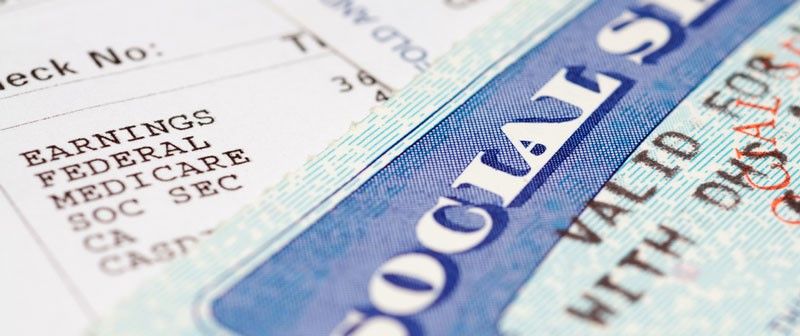In March of 2019, the Social Security Administration (SSA) resumed issuing No-Match Letters (officially called Employer Correction Request Notices). No-Match Letters inform employers that the Social Security Numbers (SSNs) and names reported on their employees’ W2 Form do not match the SSA’s records. A No-Match Letter is not intended to convey accurate information regarding an employee’s immigration status or authority to work; rather, it is an opportunity for employers and employees to correct information so the SSA can apply employees’ earnings to their Social Security records.
A sample No-Match Letter found on the SSA website states: “There are a number of reasons why reported names and [Social Security Numbers] may not agree with [the Social Security Administration’s] records, such as typographical errors, unreported name changes, and inaccurate or incomplete employer records.”
Because employees may be identified as a “No-Match” for a variety of reasons, employers who receive a No-Match Letter should proceed with caution. Employers should not use the No-Match Letter as a basis to terminate or suspend employees. Such activity or any other adverse action could potentially expose the employer to liability for discrimination on the basis of national origin, or violate other federal or state laws. But neither should employers ignore a No-Match Letter. In the event that U.S. Immigration and Customs Enforcement (ICE) performs a workplace audit, your failure to take action could subject your company to fines and, depending on ICE’s findings, your business operations could be disturbed.
Instead, employers must address the No-Match Letter and take the appropriate steps to follow up with employees during the correction process.
First, you’ll need to register with the BSO. The No-Match Letter will inform you simply of how many employees’ names and SSNs do not match. To determine the actual names of the “No-Match” employees, you as the employer must register with Business Services Online (“BSO”). Instructions on registering with BSO and retrieving relevant information can be found here.
Then, work with your employees to correct any errors.
Do not request that the employee complete a new I-9 Form or require the employee to produce I-9 documents such as a passport or permanent resident card. Instead, take the following steps:
- Check the reported No-Match information from the SBO against your company’s records.
- Inform the employee of the No-Match Letter and ask them to confirm the SSN that the company has on record. To make informing employees about the No-Match Letter easy, the SSA has provided a sample notice.
- Direct employees to contact their local SSA office to correct and update their SSA records.
- Allow employees a reasonable amount of time to contact the SSA, and then follow up with them to confirm that the discrepancy has been resolved.
- Provide the SSA with any necessary corrections.
If after the above steps you find that a discrepancy remains unresolved, it would be wise to seek legal counsel. If you suspect citizenship status is at issue, contact an immigration attorney for guidance to ensure that you are informed and protected.

